Unsurprisingly, the Hue Bridge Pro has piqued your interest. After all, many of us have been hoping for an improved bridge with higher capacity and more power for years. Following the many rumors and leaks of the past few weeks, the Philips Hue Bridge Pro is now officially available, and I would like to provide you with all the important answers.
When will the Hue Bridge Pro be released and how much will it cost?
The new Hue Bridge Pro will be launched today, September 4. The Hue Bridge Pro will be available later today for €89.99. Here you can find all the other new Hue products.
Hue Bridge Pro
$98.99 / €89.99
How many lights can be connected to the Hue Bridge Pro?
Until now, we assumed that the Hue Bridge was compatible with up to 150 lights and 50 accessories. I now have to correct that slightly: the official figure will be “more than 150 lights and 50 accessories.” The previous Hue Bridge has a hard limit of 63 lights, while the Hue Bridge Pro has an exact limit of 186 lamps.
Can lamps and settings be transferred from the old Hue Bridge?
Of course, it would be quite a daunting task to manually transfer all lamps, rooms, and settings from the Hue Bridge to the Hue Bridge Pro. Philips Hue will offer a migration assistant for this purpose, which can be used to transfer the data to the new bridge. This is very similar to what happened around ten years ago when switching from the first to the current Hue Bridge.
Initially, only data from a single Hue Bridge could be transferred to the new Hue Bridge Pro, but now larger installations with multiple Hue Bridges can also be transferred to the new control hub. Philips Hue provides further details on data transfer in a support document.
How powerful is the Hue Bridge Pro?
With the Hue Bridge Pro, we will feel like we are moving at the speed of light. The old bridge had just 16 MB of RAM. The Hue Bridge Pro has 1 GB of DDR4 SDRAM. In addition, a 1.7 GHz quad-core Cortex and 8 GB of eMMC flash memory provide the necessary performance.
Is there also more power for Hue Sync and Hue Entertainment?
Currently, only one sync per Hue Bridge with a maximum of 10 lights is possible. This will not change for the time being. However, since the new Hue Bridge Pro has significantly more power, such a feature is on the manufacturer’s list of ideas and is not ruled out for the future.
How is the Hue Bridge Pro connected to the network?
Previously, the Hue Bridge had to be connected to the router with an Ethernet cable. The connection and cable are also included with the Hue Bridge Pro, but do not have to be used. The Hue Bridge Pro can also be connected to the network via Wi-Fi.
What exactly is the power supply like?
The Hue Bridge Pro is powered via USB-C. A power adapter with a fixed cable is included in the scope of delivery. Anyone who is concerned about power consumption due to the high performance need not worry. The Hue Bridge Pro consumes only 0.1 watts in standby mode and a maximum of 5 watts when in operation.
What is MotionAware?
In addition to increased performance, the Hue Bridge Pro will offer an exclusive feature: MotionAware. This new technology can detect movement in the area between at least three lights in a room, replacing a motion sensor. When used as a replacement for a motion detector, MotionAware is free of charge. If you want to use it in conjunction with Hue Secure, for example for automatic light alarms or push notifications, a subscription is required.
Is Matter supported?
The new Hue Bridge Pro will also support Matter to make connected lamps and accessories compatible with the smart home standard. However, the reverse will probably not work, meaning that Matter devices from other manufacturers cannot be integrated into the Hue app. There are no real signs of innovations such as Thread yet.


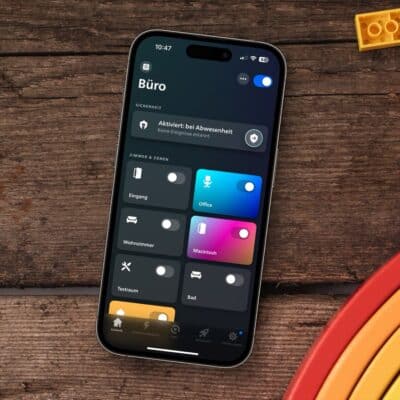


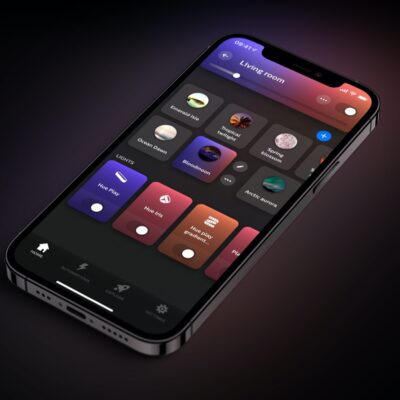
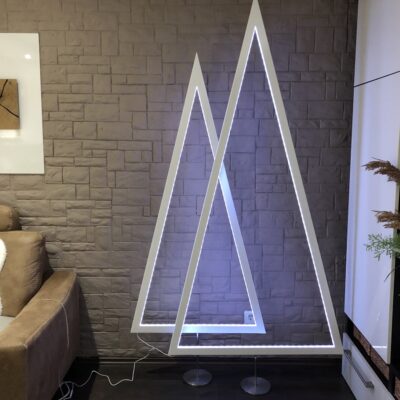
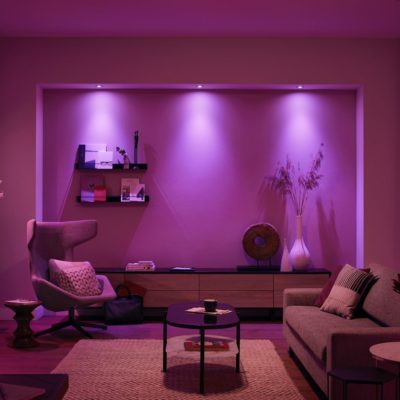
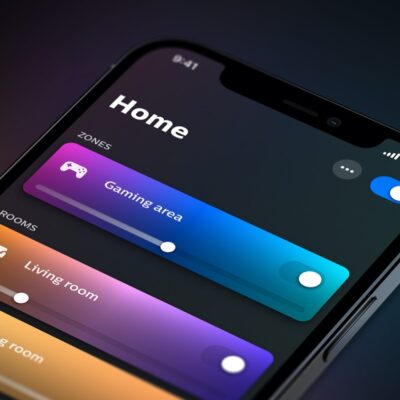
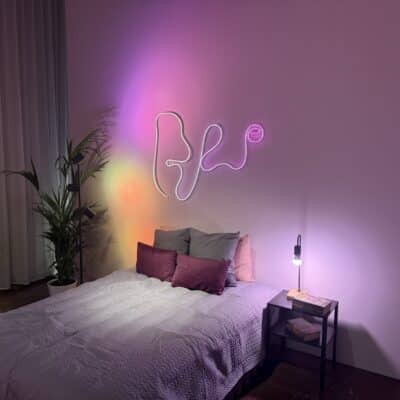



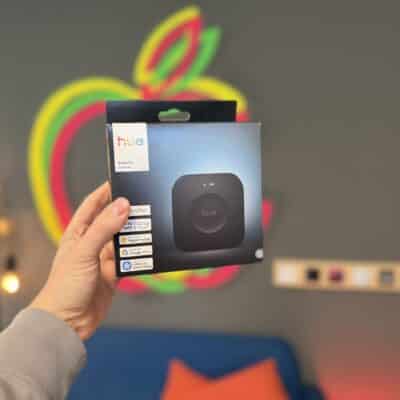

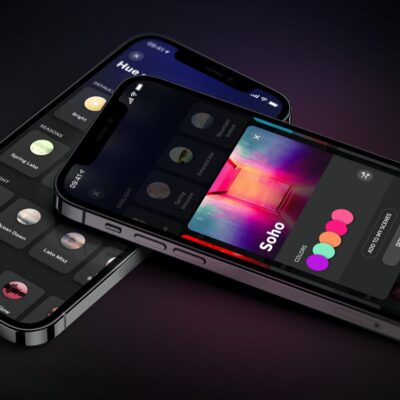
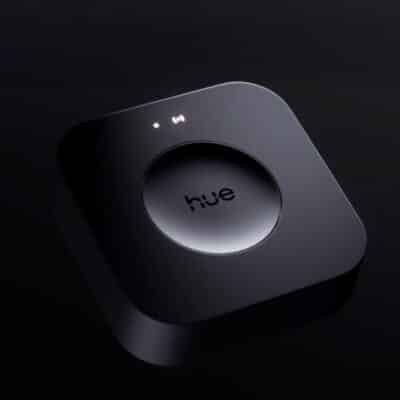





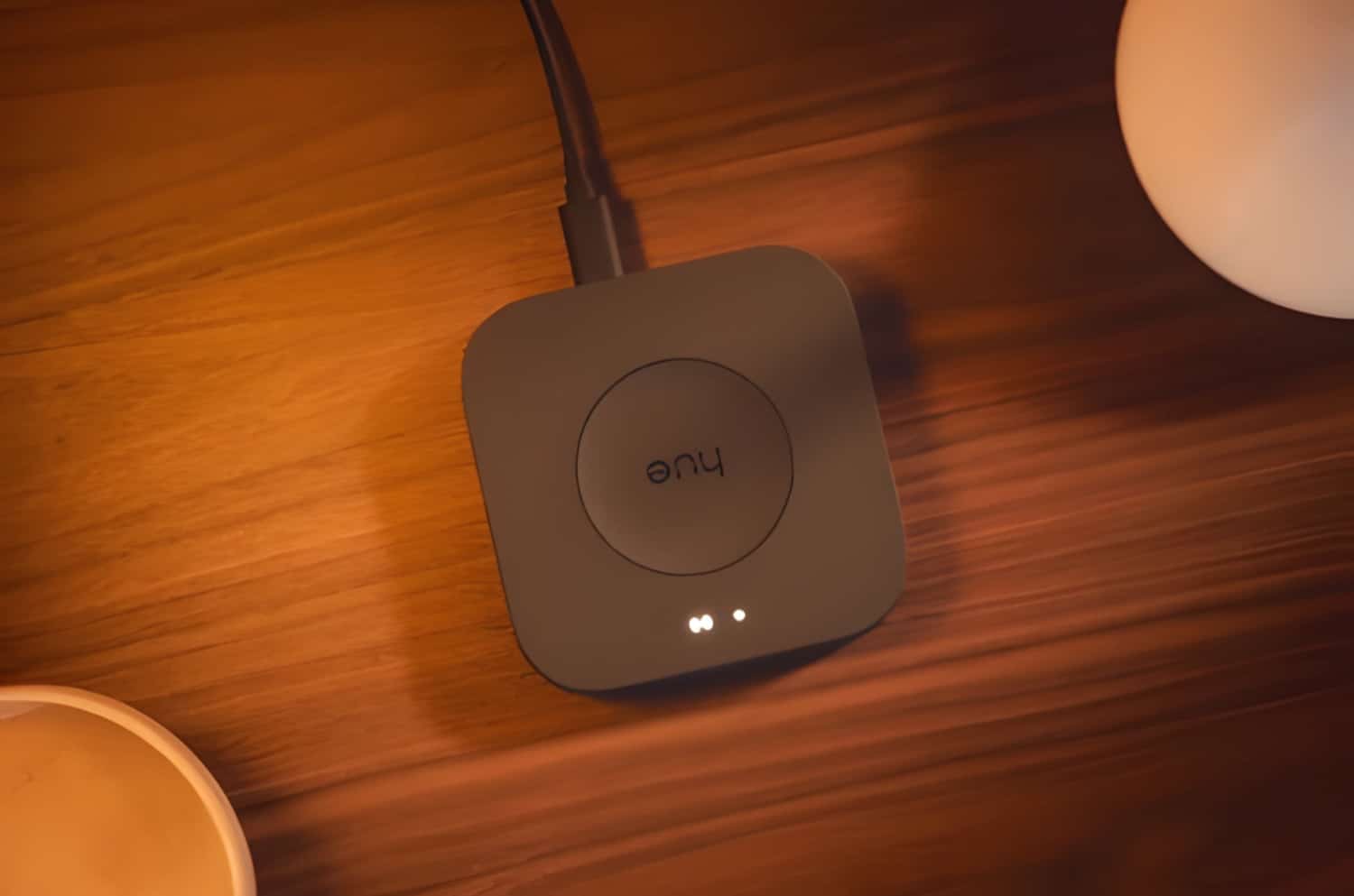
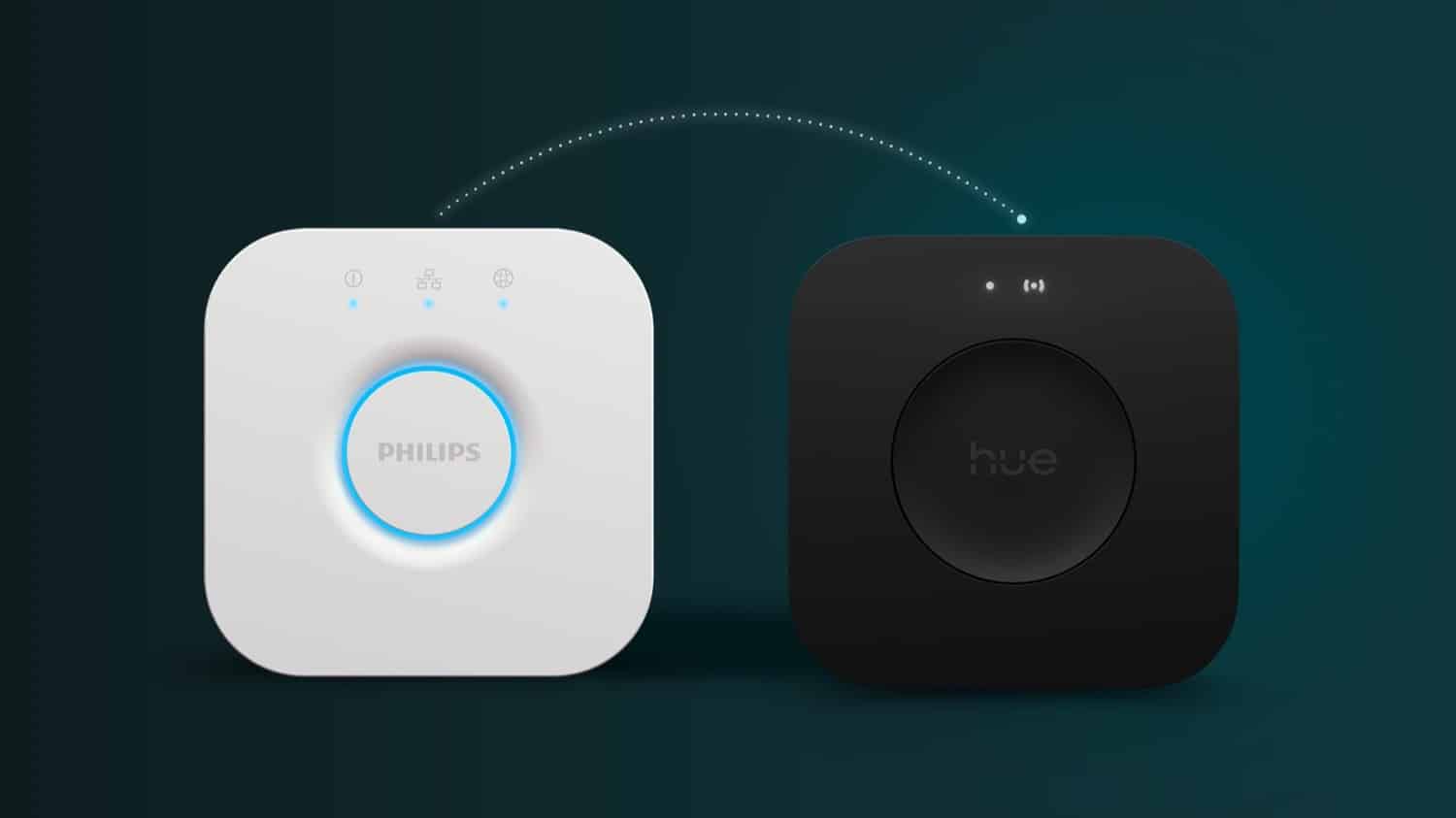
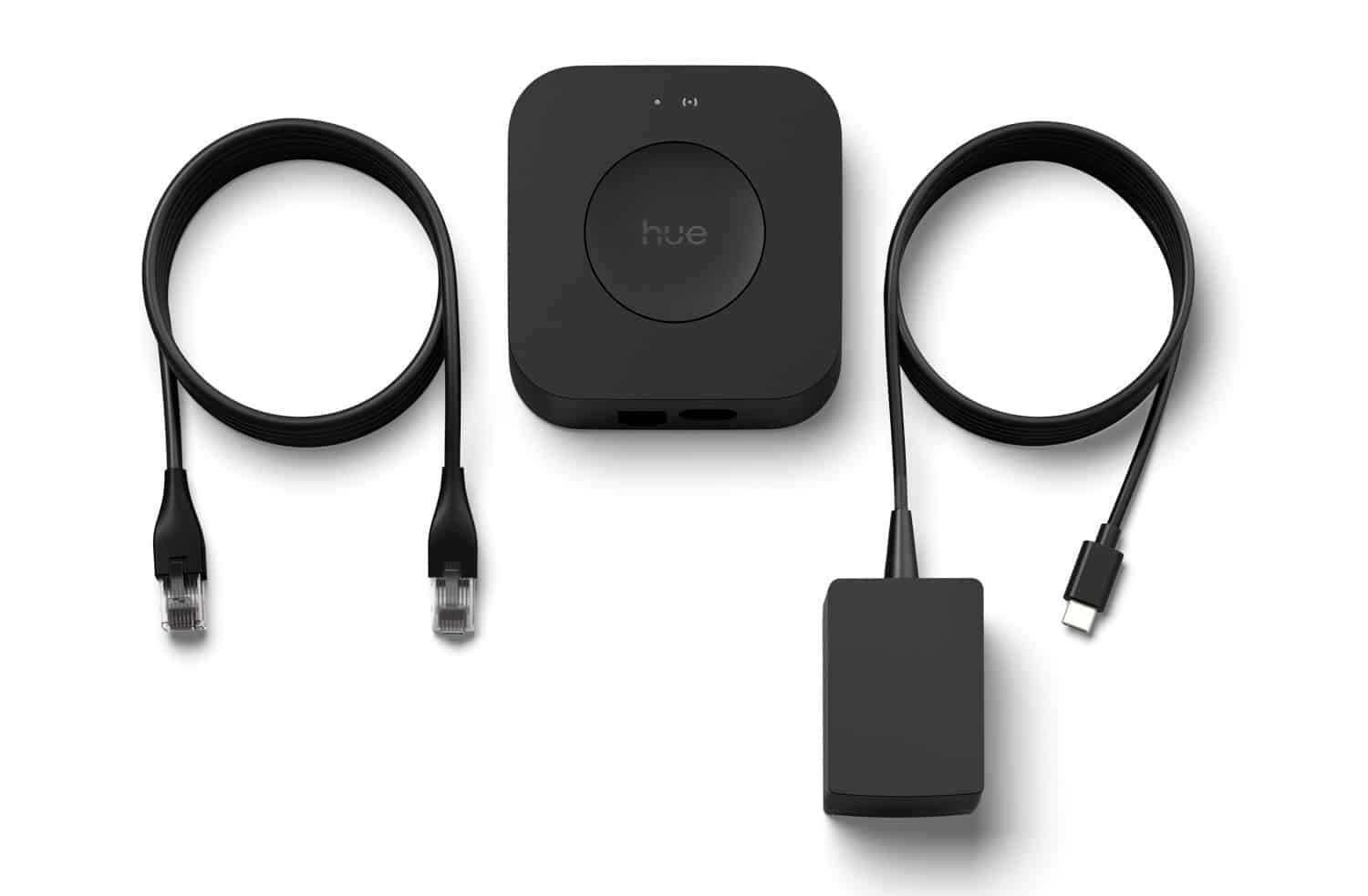

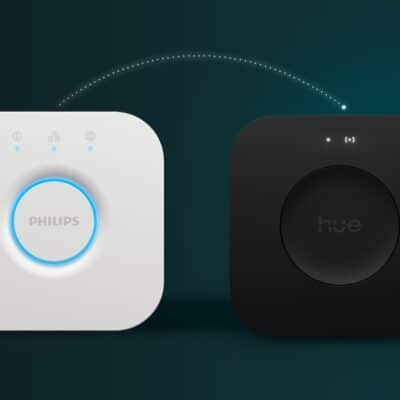
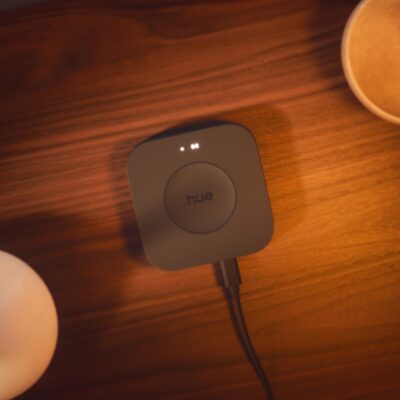
correction: 8GB RAM, not 1GB RAM in Hue Pro bridge…
Hue Sync/Entertainment 10 lights limit is a zig-bee limit (10 different zig-bee device ID’s with color/brightness data fit inside one zig-bee radio packet). But Signify could change this feature to use 2 or more zig-bee radio packets sent one-by-one (even with small time desynchronization between first/second teen lights)..
Well 🤷🏼♂️ Now that the Hue Bridge Pro is up on the official Philips Hue website, it turns out that the picture in the post below was misleading.
So, 1 GB RAM it is!!!
https://hueblog.com/2025/08/14/hue-bridge-pro-usb-c-wi-fi-and-much-more-power/
Has the question been asked about the transfer wizard is if you can migrate from multiple old bridges to a single new bridge?
What happens to Apple HomeKit when you migrate 4 standard bridges into a pro?
That’s my big question, I really hope I don’t need to re-set up everything in HomeKit.
Tested today, both Hive and HomeKit don’t recognise the new bridge… I’m sitting in the dark tonight!
I’m more excited about this than I probably should be….
If backup is available from day 1 that would be amazing
My guess is that it will max out at 255 devices (lights and accessories) that can be connected to the Bridge Pro. A 63 device hard limit seems like a random number unless they used a 6 bit address with the old bridge and the bridge automatically being address 0. A firmware update for all devices may up that to an 8 bit address. With the Bridge Pro still being address 0, that gives you a hard limit of 255 devices. This is of course, all speculation.
A hard limit of 189 devices if accurate, could indicate that the Hue Bridge Pro is operating with three Zigbee mesh networks each of which is 100% identical to the current single mesh limit of 63 devices. In this way no firmware updates for devices to increase their address range would be necessary. It would also avoid taxing the current limited bulb processing resources to reliable repeat larger mesh sizes.
It is interesting to speculate further on how three Zigbee mesh networks might be integrated. It could be done by using three ZigBee channels since there are three gaps that can be fitted between standard 20MHz WiFi channels 1, 6 and 11. But it might also be achieved with a single ZigBee channel and managing data traffic for minimal latency. The latter is probably the lowest manufacturing cost but I wonder if that would support one entertainment zone per mesh for a total of three?
Regardless of channels occupied, using three mesh networks would require the Bridge Pro to logically merge them to behave as a single system. So, if that technology has been developed I wonder if it might be backwards applied to multiple current generation Hue Bridges?
Whatever way the Bridge Pro works, the most compelling reasons to upgrade are more devices for sure but for me MotionAware could be a game changer. And since that requires three (or more?) Hue bulbs in a room (and presumably not all in a single light fitting) it can only help Hue sell more bulbs and so make a Bridge with greater device capacity essential.
Personally I’m waiting impatiently for backup functionality. Rumors said it will be there in Bridge Pro. Any news about it?
I totally forgot to ask them about this. Sorry!
Does the Bridge Pro need to placed in a visible setting for full functionality? My old bridge pro is hidden behind a TV cabinet whereas in the mini manual available on the product page (https://www.assets.signify.com/is/content/Signify/8720169155114-929003582607) they show that you shouldn’t install it above 2 meters of the ground.
I think you can put it wherever you want. But I will try that next week when I receive mine 🙂
Fabian, did you have a chance to test the responsiveness of switches with lights using the new bridge pro? I use the in-wall switch module with retractive switches and there’s a noticeable delay between pressing the switch and seeing the lights come on (not to mention when holding down the switch to dim). I just ordered the new bridge pro, but I’m curious to know if this delay will no longer occur with the new upgraded hardware. Thanks!
This seems a pain for friends of his devices:
“Friends of Hue devices: Settings will migrate, but you’ll need to re-add them manually (i.e. lights, switches, plugs, etc. not manufactured by Philips Hue)”
I have 10 light switches that I’ll have to readd manually 🙁
It was very simple with my Lutron Auroras, and 3rd party zigbee controllers for some LED strips. The migration walks you through each device and a walkthrough of what to do if it’s an officially supported Friends of Hue device. Any button programming remains and any lights stay in their groups. For the Aurora it was just a double tap of the button and it was paired again after a search.
Can You ask Signify, when Hue bridge pro will be available on Amazon websites in EU…
I live in Portugal, where HUE don’t have webshop…
You can buy it on Proshop (although I don’t know if it delivers to Portugal)
Anything more on the motion aware technology? Like I guess the actual radius of the bulbs. Is it more like a presence sensor or pir.
I’m happy that finally something is happening.
But it seems half-baked.
Not going to be an early adopter for the bridge pro even though I want to.
If I’m understanding the above correctly, if I have home with two Bridges, I will only be able to migrate one Bridge Pro at this time, leaving half my devices in the old bridge and, therefore, still inaccessible in Google Assistant/Gemini.
I’m with Lurifixx. I’ll wait until I can migrate both bridges, and once some of the kinks have been worked out.
Correct, having yanked the old bridge out of the rack, I then had to plug it back in alongside the new one and ‘migrate’ the data which took 25mins for 50 devices. I now have to transfer back all of the smart link and other non supported older bulbs, ta Hue!
Caution: Cloud and mandatory internet connection!
Attention: Hue (Signify) now requires only an internet connection and stores everything in the cloud. This means the systems can be compromised from outside. In addition, complete privacy protection is undermined. With Hue lights, motion sensors, and security cameras, full access to your private home can be obtained. I strongly advise replacing all Hue products as quickly as possibl
Hmm? 🤔💭 I have to say I’m not convinced by your somewhat – to me – alarmist advice.
🤓 What about letting your firewall deny your Hue Bridge access to the Internet?
Allow Internet access just when you need / want to upgrade your firmware.
Unless you use features that depend on the cloud you should be good.
If you want to run your Hue Bridge (at least V2) without a Hue Account. Just set it up while disconnected from the Internet. Did it not long ago, and it worked just fine.
Good luck! 🍀
Apparently you have to sign in to use the official hue app (which sucks). You could use third party apps however certain devices (friends of hue, …) need the official app to be configured. Anyways it might be possible to use 5G in order to sign in and renew the access token needed (maybe even updates work if they are sideloaded via app). Then switch back to wifi and make sure your firewall is set accordingly. Something like:
# device hueone (VLAN ID 1000 / int0_if)
block in quick on $int0_if from $hueone to any
pass in quick on $int0_if from $hueone to
pass out quick on $int0_if from $hueone to
# device huetwo (VLAN ID 1001 / int1_if)
block in quick on $int1_if from $huetwo to any
pass in quick on $int1_if from $huetwo to
pass out quick on $int1_if from $huetwo to
# hue cloud
table persist {meethue.com, account.meethue.com, discovery.meethue.com, api.meethue.com, philips-hue.com}
# block access from hue app to hue cloud
#block out log quick on $ext0_if from $localnet2 to label “hue-cloud-block”
Best Kokomo
Do you know if the new bridge uses the same API like the old one? In other words: will 3rd party apps like Hue Essentials, all4hue or iConnectHue will work out-of-the-box with the new bridge?
As far as I know iConnectHue is already working on an integration.
HueEssentials has announced that they support Bridge Pro
For now the local API will still be actively used and remain. So all third party apps will continue to work. However its pretty unclear at the moment where signify is heading to. I would be cautious with automatic updates ….
No, some 3rd Party Integrations don’t work any longer with the new Hue Bridge Pro. I have two KNX gateways, ISE Smart Connect and BABTech AppModule with App Hue Pro. Both no longer work with the Hue Bridge Pro. I can’t Use my KNX Push Buttons anymore to switch Lights.
By the way:
Offline migration will NOT be possible (screw you Signify!!!!). So you need to create an account and sign in on both devices and then perform the migration wizard. After that you should sign off immediately, get your firewall rules all set and use 5G for the official hue app to create/renew that needed long lived access token and/or firmware updates. Its a bit of a hassle but that way you can still have a safe hue system up and running without privacy or security concerns.
Can someone please confirm whether, or not, Touchlink is still supported by the Hue Bridge Pro (V3).
Will the new bridge allow for multiple syncs simultaniously? I have a sync box connected to a TV in one room paired with a gradient strip, and a Philips Ambilight TV in another room paired with some other lights. On the old bridge I can’t sync on both TVs in the same time.
Just FYI, if/when you ever replace your Ambilight TV, 2023+ Philips Ambilight TV models can’t sync with Hue.
I was originally posting this reply because I had been under the false impression that they had retroactively disabled ALL Ambilight TV/Hue sync capabilities back in 2023 via FW updates, and wanted to ask how you got around that, but a little googling turned up that they removed the functionality for all their 2023+ models.
I suppose it makes sense if you look at it from the business side, since the original Philips company hasn’t existed for some time now, and the Philips branding is instead currently owned by like half a dozen separate, independent companies that each bought specific divisions/IP rights – some of those companies have Philips in the name (at least as a subsidiary), most do not.
Anyway, Signify, the owners of the Philips Hue brand, are separate from the owners of the Philips TV brand and Ambilight trademark, and whatever deal they once had apparently exists no longer, which, I suppose, is why Hue also only has “entertainment areas” rather than “Ambilight areas”, or something like that.
Corporate politics suck.
Anyway, I have no idea if any of this information is remotely new or useful to you, I just fell into a rabbit hole after looking into it, and this is the result.
Regarding your question, as of now, it would appear that the new bridge will sadly not allow for multiple syncs simultaniously. You still need two bridges😞
I need help, I previously managed to blow a bridge by plugging it in to an incorrect power supply. I replaced the bridge and set up all the lights (20) and devices again. So I have now got 2 homes on my account each with one bridge. . Alexa can only control one bridge and I need to use the hue app for the other.
This is not ideal what I want is one home linked to both bridges then I can migrate to a new pro bridge once the multiple bridge migration is available.
Despite extensive research I can’t seem to find how to combine the two bridges to one home rather than two homes each with one bridge.
I may have to delete a home loose all the current config and then just add everything again once I have a new pro bridge. Any ideas?
In theory, you should be able to follow the steps for
“You have multiple Bridges linked to separate accounts and want to move one or more of the Bridges into a single Home”
Found here
https://www.philips-hue.com/en-us/support/article/how-to-set-up-multiple-bridges-and-homes-in-a-hue-account/000007
You would just skip the initial part about merging accounts, since both homes are already on one account.
So, you would follow the procedure to link the secondary bridge from the second home to the first home in the Hue app, then delete the second home.
The linked page does a much better job of explaining things in detail, but I can’t really see why it wouldn’t work.
I wish you the best of luck👍
Sorry for the lack of line breaks in my previous comment, they were seemingly removed when I hit post, and there appears to be no option to edit comments once posted☹️
…and now my previous reply seems to have disappeared entirely😞
Just in case it disappeared into the dark void forever because it contained an outside link to the official Hue site, here it is again, minus the link (at least I get to try to get the line breaks in somehow this time):
“In theory, you should be able to follow the steps for
“You have multiple Bridges linked to separate accounts and want to move one or more of the Bridges into a single Home”
Found in the official Hue support site article titled “how to set up multiple bridges and homes in a hue account”
You would just skip the initial part about merging accounts, since both homes are already on one account.
So, you would follow the procedure to link the secondary bridge from the second home to the first home in the Hue app, then delete the second home.
The page does a much better job of explaining things in detail, but I can’t really see why it wouldn’t work.
I wish you the best of luck👍”
How many rules does the Hue Bridge Pro support? Current bridge supports enough devices for me, but rules are too limited.
Thanks I managed to get the two bridges in one home. I think my problem was because of permissions for users and admin accounts. Eventually I have one home two bridges and after unlinking and then relinking the ALEXA SKILL I can now control all hue lights with Alexa
Hue’s product rollouts are the most frustrating thing for such a massive company.
They don’t release their products to all markets for seemingly no reason. It’s really disappointing to see Australia and New Zealand miss out on releases and have to wait far longer than Europe and North America if we get the product at all.
nou heb de pro
lijkt wel of matter hapert alles valt in eens weg …aqara matter sensoren – nuki sloten matter doen het niet meer
ben nog niet tevree over de pro bridge draait een dag nu
I just installed the new Bridge Pro in my network. All the lights seem to work. But now I am trying to connect my old Philips Hue + Ambilight tv with the new bridge. But the tv can’t find the new bridge to connect.
Have you heard anything of this? Looks like support ended with the new bridge and that will cost me a lot more for a sync box.
Wish I new this before. Then I would have waited with the new Bridge Pro
I know Hue support was not included in Ambilight TV’s from 2023+, but could not find anything about the Pro Bridge specifically removing support for Ambilight TVs released prior to that.
I did find a two year old reddit comment, this paragraph of which may be relevant?
“Philips Ambilight from 2022 and earlier: built in function to sync with any Hue lights by connecting directly to the Hue bridge via the TV menu.
Pro: no Hue Sync box needed
Con: unreliable performance, no longer officially supported method”
If it wasn’t “officially supported” anymore two years ago, the possibility exists that support was entirely dropped with the rollout of the new bridge.
It does seem a little weird, or perhaps vindictive is the better word, of Signify to do that, especially considering all of the never-officially-supported devices, like no-name chinese wall switches, that continue to work just fine.
But I suppose those also aren’t in direct competition with their very much overpriced Sync Box, so… 😰
Good to know that the new bridge doesn’t support Ambilight. Coupled with the fact that it allows only one active sync (for now?), there’s no reason for me to switch to the new bridge since I would need multiple bridges for multiple syncs anyway.
Do we know how the internal architecture looks like?
My bridge IP address is shown as 10.89.0.2 in the Hue app. This is not part of my local IP address space. My DHCP server assigns a fixed IP which is also correctly used. I assume Signify runs some sort of containerization on the new bridge and did not invest in hiding the internal IP?
Exactly Same Problem After switching from Wifi to Ethernet… And in the App it always Shows Remote Connection and Not local, Even After reinstalling. I Hope that this doesn‘t lead to other problems.
Best is, if you go back to the old Bridge, the Ambilightr extension will also not work anymore!
Having the same issue as Julian with the bridge IP stuck on 10.89.0.1 and gateway of 10.189.01 – has anyone discovered how to fix this issue? I have tried both ethernet and wifi, and the device does show up on my LAN and is addressable, but the internal API continues to report the above, and command sent to try and change this are simply ignored, as a query to the config directly through the API or by using the advanced settings in the iOS app, and going to:
Settings>Bridges>Hue Bridge Pro – it shows the correct IP, but going to:
Settings>My Homes>Home and tapping the “i” icon > Advanced settings then under Devices Hue Bridge Pro>See all Details its stuck on:
DHCP True
Internal IP address 10.89.02
Netmask 255.255.255.0
Gateway 10.89.0.1
Which is clearly wrong, and trying to override this with the API directly simply isn’t working.
I have the latest firmware: 2071127010
I’d really rather now factory rest this, and have to recreate an extensive amount of configuration for dozens of devices. This is incredibly frustrating as several applications I have rely on the values coming back from the config to be accurate in order to connect and control the device.
Any ideas, references or tricks to resolve this?
And I clearly had a few typos in that I didn’t notice till it posted – should have noted stuck on IP of 10.89.0.2 and gateway of 10.89.0.1 in both places where I fat fingered it… doh!
Ciao, si sa qualcosa sulla funzione backup?
In caso di guasto al nuovo bridge Pro, comprandone un altro sempre Pro, si ripristina tutto?
Se si, tramite salvataggio locale o tramite account? Grazie.
Is there any known issue on the new Hue Bridge Pro not to be discovered by the Samsung Smart Things app. In this case Music Sync (from the Smart Things App) is not available anymore.
what if i migrate one bridge? will i be able to migrate second later? or do i have to wait until multi bridge migration becomes available?
Much like most of you here, I have multiple bridges and lights at home and was initially disappointed to hear that the Hue’s own migration tools would only ‘initially’ migrate one old bridge to the new Pro bridge. So then I thought, maybe this is not so bad as it certainly would be better to get the devices added fresh (and adding by serial number is not so painful, you don’t have to wait for Hue app to find all lights in one go) to the new hub and avoid any scripted migration errors and to be fair I still have some ghost unreachable devices since I have been moving over the years lights and switches from one bridge to another, so a fresh clean state would be great.
Now to be able to do this and still maintain the same state, I would need some sort of backup or at least some detailed reporting on what my current bridges, groups/rooms, lights and switches are. So I started studying the Hue API (I’m sure most of you would have played with it) and prepared a script that does exactly what I needed – get a full detailed visual report of my Hue setup and a JSON data full dump as well, including scene data that is not part of the main bridge mega data response. It is not a backup that you can magically import into the Hue Hub Pro, but at least is a backup of sorts since it saves all the data and also presents it visually in the browser (the result is HTML report with lots of SVG infographics for color, hue, saturation, even 3d position of your lights within the entertainment groups). And all the different assets are hyperlinked to one another, like what lights are in a group, what scenes are used by these groups, etc. If you have kept record of your serial numbers (don’t ever share them publicly), part of the script allows plain text reading and incorporating these into the report. If that is something that interests you, have a look at my GitHub Project – Hue Reporter: https://github.com/lvladikov/hue-reporter
Happy to report I have received the new Bridge Pro and used the build in migration script in the app to move all my devices and settings for.. one of my 4 bridges (the busiest). I only had 2 issues with the migration, one of my lights needed to be reconnected manually after the migration finished, and I had to reconnect manually the Hue Tap Switches as well (which was to be expected). So 99% it was successful. For the rest, I would be using all the information I got from my script (see my previous comment), and I will be doing delete from v2 hub, pair to Pro hub until I manually move all over. Keep in mind that for v1 API use, Bridge Pro now enforces https (http redirects to https), so I updated my hue-reporter project code to reflect on that and it works fine now with the Bridge Pro and all migrated data.
biggest disappointment for me so far is that it only supports four ‘motion areas’ you mean, you can only find four zones that would trigger the motion sensor in your house and if you have quite a few lights, that means most of them can’t be used as motion sensors
Just received the Hue Bridge Pro and when trying to migrate, it throws me an error saying I need to upgrade the bridge but no software is available and bridge says it’s up to date. I am in the beta program and am trying to figure out if I need to somehow register this bridge in the program or is it automatically registered since I’m signed in with the email associated with the beta program? At this point, I cannot migrate anything to the Pro bridge due to software not being up to date and it’s an endless loop.
Be sure to save a Hue Bridge v2 for legacy connections. I have a lot of lights- lots. I previously had 3 Hue v2 bridges. I upgraded 2 of them to the Pro. Upgrade was easy and fast. The problem I had was with legacy Logitech Harmony remotes (which are no longer supported aside from the the device database from Logitech). I have a couple in my house. One in the family room and another that is a pro version in my home theater. Currently the Pro bridge does not recognize the harmony remotes. I reset everything during the setup and it will not connect to the Harmony devices so for now, I still have one v2 bridge setup just for the harmony remotes. Keep this in mind for those that are doing this upgrade.